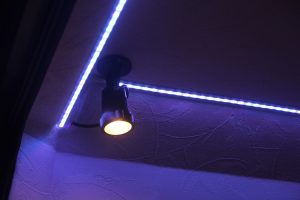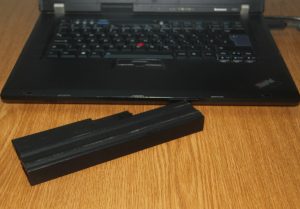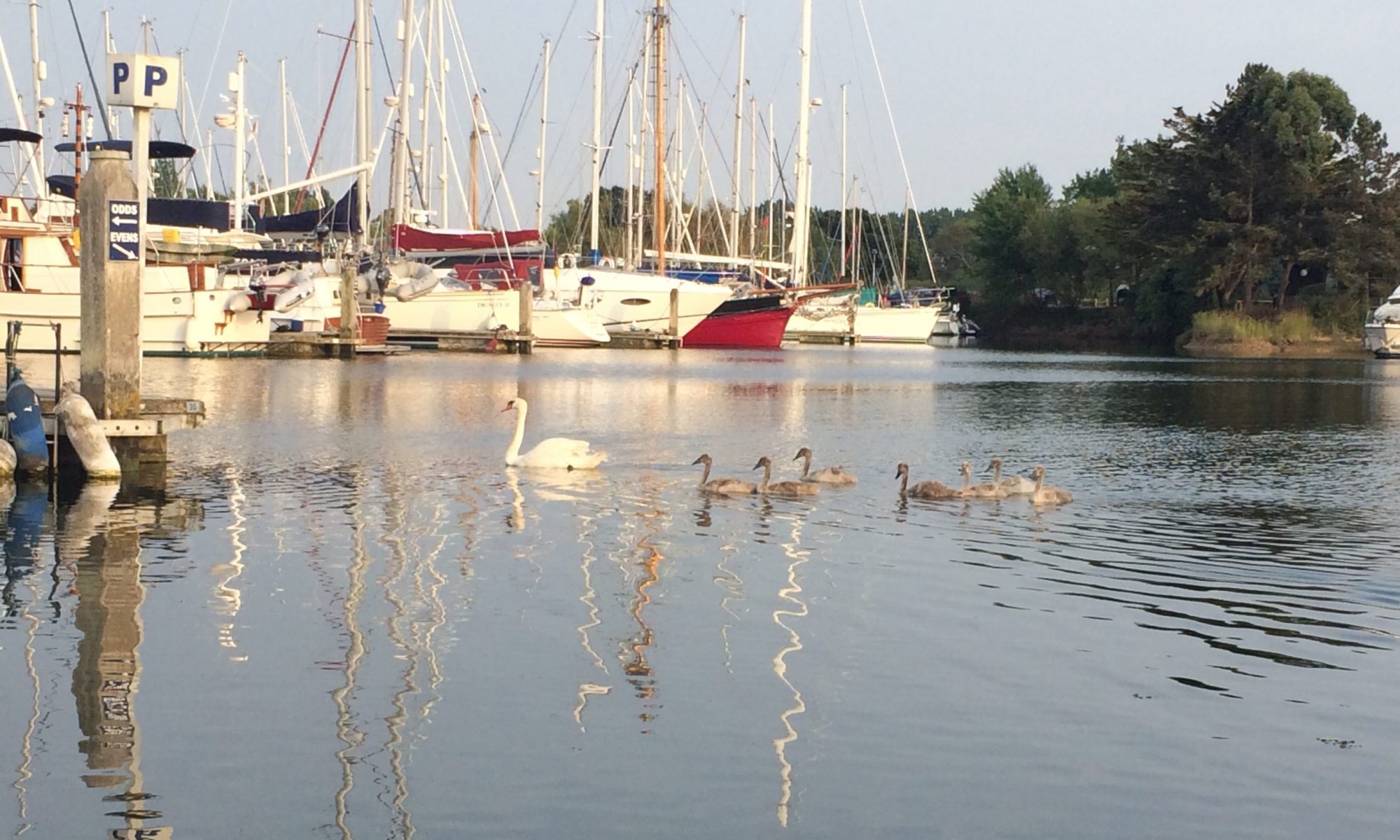Top 10: Saving energy
I spend a lot of time off-grid in my motorhome and sailing boat. This means that I rely heavily on stored battery power in the form of batteries. These batteries run everything from the central heating and lights to the laptop that I am typing this post on! Consequently, it is very important that I use the energy that I have wisely and continuously find ways to reduce my energy consumption. I have learnt a lot over the past few years and so I thought I would share my Top 10 Tips for saving energy in a motorhome or boat!
No. 10: Reduce unnecessary load!
Whilst this may seem obvious, it is often overlooked! Saving energy in a motorhome or boat is best achieved by reducing unnecessary load. Examples include switching off lights when not in use or turning the extractor fan off and opening a window.

Just like in a house, items left on standby are still using a small amount of power. Therefore unplug the laptop when you are not using it, switch off the inverter when you have finished with it and up plug phone chargers. All these small savings can have a big effect of the battery life.
No. 9: Do you actually need a particular item?
Do you need it at all? Citrus juicers, food mixers, electric toothbrushes, heated gloves, disco lights (I admit that I do have a disco light), games consoles, flat screen televisions, etc are all nice to have. However they are certainly not essential. Whilst some of these items may not use a massive amount of energy on their own, they all add up to be a considerable draw on the battery. Consider manual equivalents to things like food mixers and toothbrushes. Furthermore, consider board games to games consoles and use a tablet to watch television programmes.
No. 8: Be energy savvy when buying tech!
Pay attention to energy consumption when buying electronic goods. Saving energy in a motorhome or boat is all about energy efficiency! Whilst a laptop with 3 forward facing cameras and 10 speaker surround sound might be appealing, perhaps the more important question should be ‘how much energy does it use? There is a surprising variation between the power consumption of electronic goods, and a quick bit of research can result in buying a device with a considerably lower power requirements!
No. 7: Use a pure sine wave inverter for high powered appliances.
Use a quality pure sine wave inverter for larger powered items such as Microwaves!
Pure sine wave inverters are more expensive than their regular square wave equivalents. However, you do get what you pay for! The output waveform is almost identical to the power available in the home. Consequently, they are more efficient and damage to sensitive electronics is minimised. Manufactures such as Sterling Power, Dometic and Cotek all make quality pure sine wave inverters.

Place the inverter as close to the battery as possible and use thick battery cables. Remember that a 1500 watt inverter will be pulling around 130 amps! One significant advantage of running an inverter to power a microwave is the need for thick cabling between the battery and appliance is removed. The cable between the inverter and microwave only needs to handle 6.5 Amps! Losses in the wiring are minimised this is why the super-grid runs at 400,000 volts…
No. 6: Over-spec wiring during the build!
Over specify wiring during the build. When building a motorhome or boat on a tight budget, the temptation is to buy the thinnest cable to do the job. Don’t! Consider an old fashioned 100 watt light bulb. At 230 volts, this would be drawing 0.43 Amps. At 12 volts this same light bulb would be drawing 8.3 Amps. It is important that the correct thickness cable is used to avoid it heating up during use. A cable that gets warm during use is wasting valuable energy as well as posing a fire risk!
On the subject of wiring, try to avoid using relays that are likely to be switched on for extended periods of time. Relays use several watts to hold the contacts closed – Instead, use a mechanical switch capable of the load you are trying to control.
No. 5: Buy a 12 volt laptop charger
Buy a 12v laptop charger! Since most laptops ship with a mains powered charger, the temptation is to plug it in an inverter. Don’t! Instead buy a quality, dedicated 12v charger for laptop computers. Modern switch mode power supplies are extremely efficient and should remain cool to the touch during use.
Consider removing the laptop’s battery whilst running directly from the leisure battery. The laptop’s own battery can be charged at at time when the engine is running.

No. 4: Buy a DC-DC Charger
Whilst not technically saving energy, buying a DC-DC charger does ensure that the battery is always charging at its optimum rate whilst the engine is running. Consequently, the battery will have a longer service life and the interval at which it needs to be replaced will be extended. For more information please read my article on DC-DC chargers.
There are surprisingly few companies that make these! I have the Ring Automotive RSCDC30 model installed in my motorhome which I have been very happy with! Read my review on this item here.
Into the Top Three way of Saving Energy!
There are loads of ways to save energy in a motorhome or boat. However, these are my top three!
No.3 Don’t use an inverter to power small electronic devices!
Avoid using 12v -230 volt inverters to charge small electronic devices. This contradicts tip 7 doesn’t it? No, whilst an inverter is great for powering high powered devices, it is rather inefficient for charging small devices. Inverters are great, however even the best quality, most efficient models such as those from Cotek, Sterling Power and Dometic will still waste some energy in converting the battery’s 12v up to 230 volts. The device’s own charger then has to convert the 230 volts down to a low voltage again, often to as low as 3.7 volts.
Most mobile phones and tablets now charge via USB. Buy a good quality cigarette lighter style USB adaptor or consider fitting a permanent USB port in the vehicle. This simple change will result in considerably lower power consumption and help in saving energy in a motorhome or boat.

In addition to USB devices, many other low powered devices including SLR cameras, bike lights, shavers, etc can all be charged from a 12v supply using low cost adaptors.
No.2 Charge Devices when the engine is running.
Charge devices on the go! Where possible, charge electrical devices while the engine is running. I don’t mean running the engine whilst stationary to charge a mobile phone! Instead, plan to charge devices when motoring somewhere. This means that items are charged directly from the vehicles alternator and will not drain the leisure batteries at all.
No.1 Install Renewable Energy.
My number one tip for saving energy in a motorhome or boat is installing a renewable energy system! Install solar panels on the roof of a motorhome or a wind generator on a boat and you will receive free electricity all the time the sun shines or the wind blows.

Furthermore, they will almost certainly pay for themselves over the course of a few years especially if using lead acid batteries for storage. Lead acid batteries don’t really like being discharged (read my article on batteries). Consequently, by keeping them constantly topped up via a solar panel or wind generator, they are less likely to run flat and should have a much longer life.
If you are unable to fit permanent solar panels, then consider folding solar panels that connect directly to the battery when required. Finally remember to clean the panels to keep them at their optimum.
A final thought on saving energy!
Saving energy in a motorhome or boat does not necessarily mean having to spend lots of money on upgrading. Many of theses points are simply about changing habits. With a little thought, considerable reductions can be made resulting in the available energy going much further.
For further information on the products used in my projects, don’t forget to read my product reviews. Alternatively read more about my motorhome and boat by clicking on the links!
Don’t forget to follow me on Instagram and Facebook


